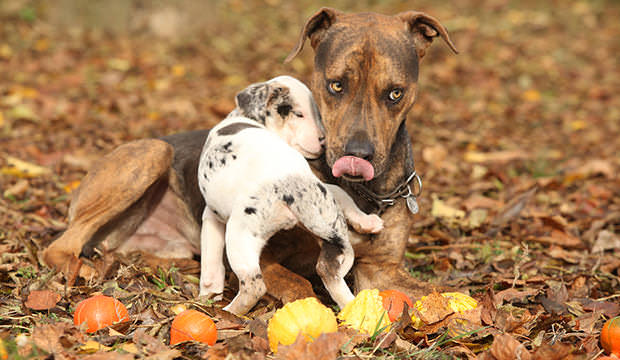
It is understood that agoraphobia is the exaggerated fear, or phobia, of being in open spaces. Dogs can have fears and phobias, including fear of new places or situations.
Agoraphobic behavior is usually generated as a consequence of a traumatic experience, with or without pain that happened out of the primary zone of territorial influence, the house of the owners.
The causing events could be from a simple closing of metallic shades in a commercial store, a possible traffic accident or a being frightened by a passing car, or even a sudden or weird reaction of a human.
If it where fire crackers, for example, it isn’t because of the luminosity of the lightning or the sound of thunder, but a combination of both with not where it comes from.
Who hasn’t seen at least once a dog running terrified, looking for a place to hide or the shelter of his owner?
That is why when associating this negative event with determined areas the dog will avoid it as a measure of self-defense. The real problem begins when the dog generalizes, and he does that most frequently.
If we try to force the situation, we will reinforce his fear to determined objects or elements and even extend it to a wider spectrum of things and areas.
The animals that suffer from this type of trauma within the stage of socialization or before attaining maturity, which is anywhere between 18 and 24 months of age, are especially poor receptors to the application of a sensibility suppression program.
In extreme cases the results will be null. For example, any treatment program for firework phobia takes months of gradual “desensitization,” rather than weeks.
